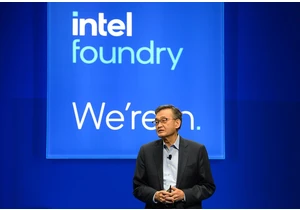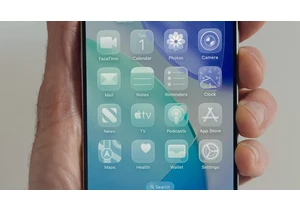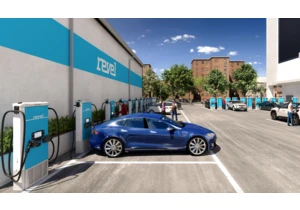Samsung’s long-teased Galaxy S25 Edge has arrived, way ahead of the rumored iPhone Air. It’s a very S25-looking device, but the company is pitching it as a design-centric addition to its, let’s admit, bulging S25 family. The S25 Edge’s body is 5.8 millimeters (0.22 inches) thick if we ignore the camera bump like everyone else does. Granted, it’s not a huge bump.
Samsung says it engineered the lenses to be substantially thinner than those on the S25 Ultra while keeping the same 200-megapixel camera sensor. And there are only two cameras on the back this time. Gasp! Unfortunately, Samsung has gone for an ultrawide secondary shooter rather than a telephoto, likely due to the handset's size constraints.
This makes the S25 Edge the latest addition to the trend of fewer cameras, joining the Pixel 9a, but for a very different $1,100. You can check out my first impressions and all the crucial specs in my hands-on. Are you willing to handle possible battery life decreases and less zoom on your smartphone camera?
— Mat Smith
Get Engadget's newsletter delivered direct to your inbox. Subscribe right here!
Even more Switch 2 stuff
Ticketmaster proudly announces it will follow the law and show prices up-front
Jamie Lee Curtis publicly shamed Mark Zuckerberg to remove a deepfaked ad
Philips Fixables will let you 3D print replacement parts for your electric razors and trimmers
iOS 18.5 arrives with a new wallpaper for Pride Month
And not much else.
Apple pushed iOS 18.5 to devices on Monday, and the biggest visual change is a new rainbow-shaded wallpaper in honor of Pride Month. I’m honored. Otherwise, it’s a few minor tweaks and bug fixes.
You can actually turn lead into gold
All you need is a Large Hadron Collider.
Scientists with the European Organization for Nuclear Research, better known as CERN, have converted lead into gold using the Large Hadron Collider (LHC). Unlike the examples of transmutation we see in anime pop culture, scientists smashed subatomic particles together at ridiculously high speeds to manipulate lead’s physical properties to become gold. Briefly. Lead atoms only have three more protons than gold atoms. The LHC causes the lead atoms to drop just enough protons to become a gold atom for a fraction of a second — before immediately fragmenting into a bunch of particles.
The only thing I want from Apple’s big 2025 redesign is a
That’s a, not α.
This is where Deputy Editor Nathan Ingraham decries one of Apple’s latest design quirks. For over 600 words. Apple’s decision to use α instead of a in its Note App has got him mad.
We’ve reached out to check if he’s OK.
This article originally appeared on Engadget at https://www.engadget.com/general/the-morning-after-engadget-newsletter-111526456.html?src=rss https://www.engadget.com/general/the-morning-after-engadget-newsletter-111526456.html?src=rssChcete-li přidat komentář, přihlaste se
Ostatní příspěvky v této skupině







